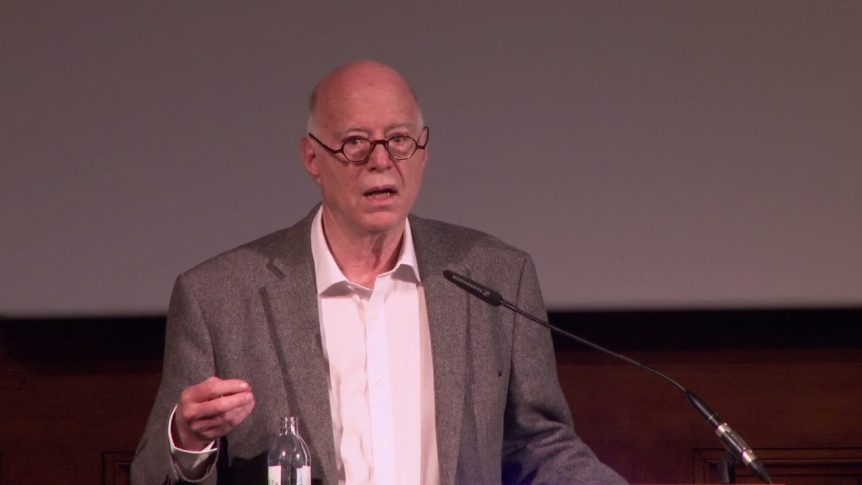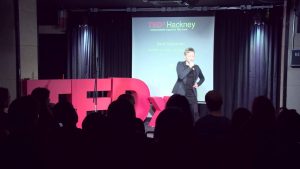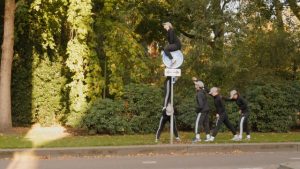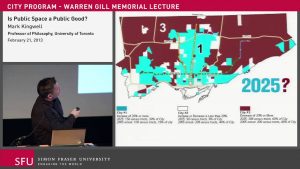The American Richard Sennett, one of the most outstanding sociologists and cultural philosophers of the modern age, talks in his presentation about his deep-rooted interest in the complex topic of handicraft. For Sennett, handicraft and craft skills involve much more than mere manual dexterity; they encompass a fundamental human impulse—the urge to carry out a task as well as possible for its own sake. Whether goldsmith, cobbler, politician, pianist, app developer or educator—to practice a craft is to “know one’s job.”
“Craftsmanship names an enduring basic human impulse, the desire to do a job well for its own sake“ Sennett
(Location of the lecture: MAK in Austria)
Based on his book: The Craftsman (New Haven: Yale University Press, 2008) provided significant inspiration for the upcoming MAK exhibition handiCRAFT: Traditional Skills in the Digital Age
Link to the concept of transferable skills of the dance artist
What is the job of the dance artist these days? One recent development in dance & movement practice is the use of dance for societal means: tools from dance and movement techniques, perspectives and creative concepts are integrated in the practices of health, personal development, creative thinking, social development projects and many other fields.
Richard Sennett offers a new concept on craft in the 21st Century that relates strongly to an already existing inclusive dance practice. This platform wants to stimulate current dance practice to offer opportunities to contribute directly to society by transferring their skills from artistic practice into other domains of society. The aim of this platform is to offer a wide(r) definition on what it means to be a dance artist right now. A dance artist that acknowledges potential of contemporary craftsmanship to transfer skills, values and knowledge into other domains of human life. We hope this platform exemplifies and inspires ways to transfer this knowledge and experience into other practices, contexts and social environments. We value the qualities of dance to offer new creative strategies for non-dance focussed contexts and challenges.
In contemporary society, dance & movement practices are changing rapidly, and this influences craftsmanship in current practices and career possibilities of the dance artist. Moreover, this artistic practice often takes place in an interdisciplinary setting. The dance profession is considered a process-based practice: The so-called product is never finished and will continue to develop over time. Creation is often the result of shared and engaged learning experiences. Acknowledging the different components of the work setting makes it possible to reconsider the position of the dance and/or dance artist in society. Recent trends have seen dance as an active role in inclusive settings, leading projects that can change lives, business practice or influence society.






